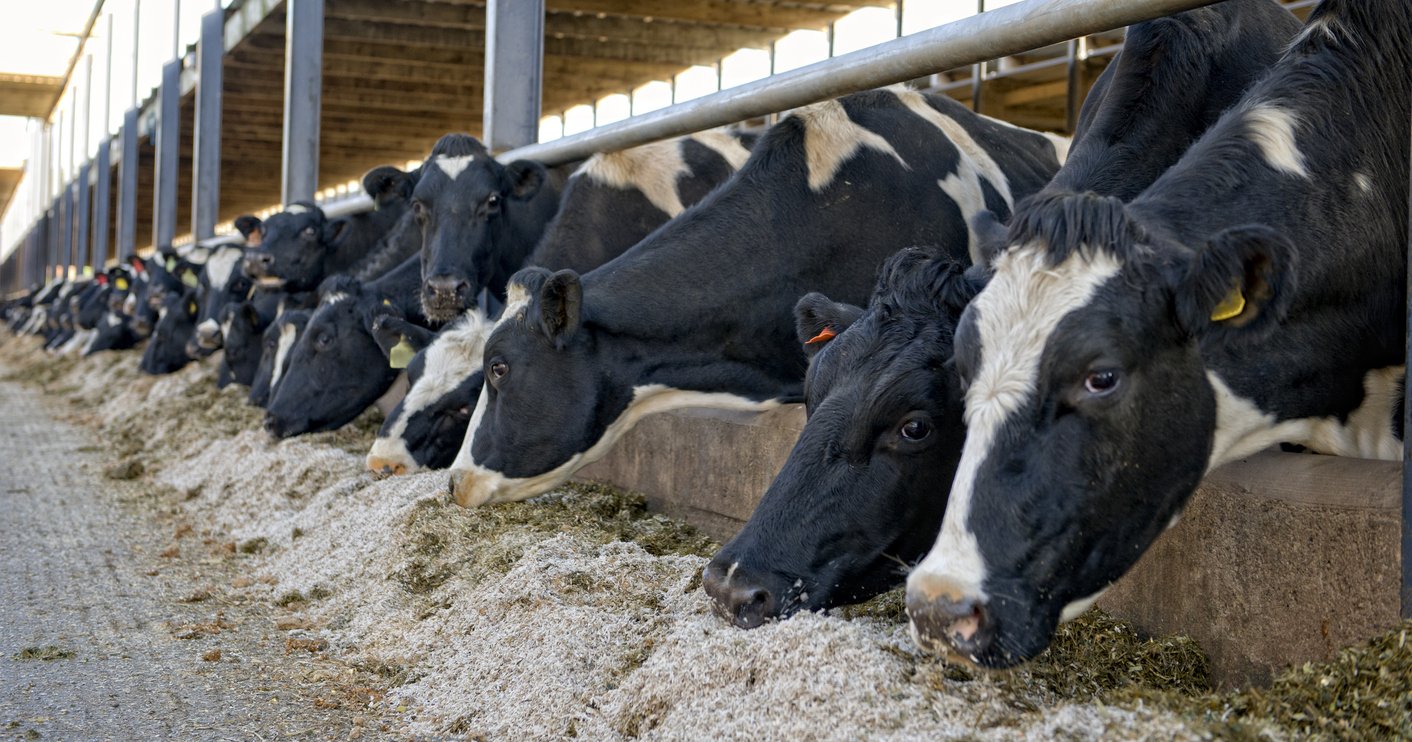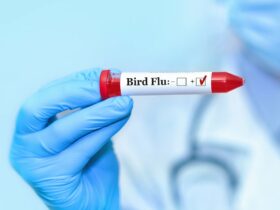United States – The bird flu virus has already spread highly among American dairy cows. The U.S. Department of Agriculture announced on Wednesday that testing will be required for any animal moved across states.
The spread of bird flu has also been identified in farm cows within the same herd, cows that have transmitted the disease to poultry, dairies associated with cattle movement, and cattle without any clinical signs that have tested positive, as indicated by the USDA in a recent news release, as an implementation of mandatory testing and reporting of positive cases, as reported by HealthDay.
Expanded Testing Protocol
“To further protect the U.S. livestock industry from the threat posed by highly pathogenic H5N1 avian influenza, [the] USDA is sharing a number of actions that we are taking with our federal partners to help us get ahead of this disease and limit its spread,” the agency noted.
Testing milking cows for negative influenza A viruses, of which bird flu virus is a member, now is subject to a new order that requires these viruses to be tested before the cows are transported to another state. If those test results are positive, the herd owners will have to do paperwork and share where the cattle were running around so investigators can follow the disease.
As the New York Times reported, this should hinder the spread of the virus, and officials will be provided with necessary data on the disease by doing so, said Mike Watson, the administrator of the USDA’s Animal and Plant Health Inspection Service, during a media briefing.
Concerns Over Virus Transmission
Americans have been told again and again by federal agencies that the level of risk of contracting highly contagious bird flu, which has been detected on the territory of the United States as of 2022, for common people is low. However, the U.S. Food and Drug Administration announced yesterday that inactive viral fragments had been discovered in pasteurized milk, which indicates that the virus is circulating in a much bigger population of cattle than previously assumed. The reports of tests to ascertain the existence of live viruses in milk are expected to be released in the days ahead, officials of the FDA have mentioned.
Hence, Dr. Nirav Shah, acting director of the U.S. Centers for Disease Control and Prevention, pointed out yesterday in an interview with the New York Times that the virus is not yet suspected to have developed any changes that would permit it to be spread easily between humans. He said 44 people who have been suffering from the virus have been traced by the state authorities.
Human Infection and Transmission Prevention

No later than now, the outbreak had already been observed in 33 herds in nine states, according to USDA. However, among all the cases, there has been a report of one human infection in a dairy worker in Texas who had direct contact with the cows. The case was mild.
Shah says that the feds depend on the local governments to explain this to farmers and farmers’ workers, and veterinarians, who have closer relationships with farmers and their workers, are the ones that they can talk to who might be hesitant to talk to strangers.
“There may be owners that are reluctant to work with public health, to say nothing of individual workers who may be reluctant to sit down with somebody who identifies themselves as being from the government in some way,” Shah explained.
It is unclear when the virus transmission between cows and wild birds started. A genetic study of the virus reveals that the outbreak in cows might have been traced back to December. People didn’t expect birds to be weak for the disease, and most federal officials officially announced that the virus was found in sick cows only in March in Texas and Kansas.
While large-scale testing of cows is crucial, Seema Lakdawala, a virologist at Emory University in Atlanta, says prevention of infection in people who come in contact with raw milk from a dairy cow is paramount.
The researcher said that in respiratory epithelial cells, an infected worker who caught it after being splashed with raw milk in the nose or eyes would thus give the virus a new chance of passing to people.
On Wednesday, federal health officials said they had urged all the states to request fast food workers. The risk of workers catching infections was already so high that farms could go ahead and mandate that all workers wear face shields, as reported by HealthDay.
She asserted that implementing other measures, such as two-week ‘stay-at-home’ orders for sick cows, can also potentially reduce the use of the mandatory measures.







Leave a Reply